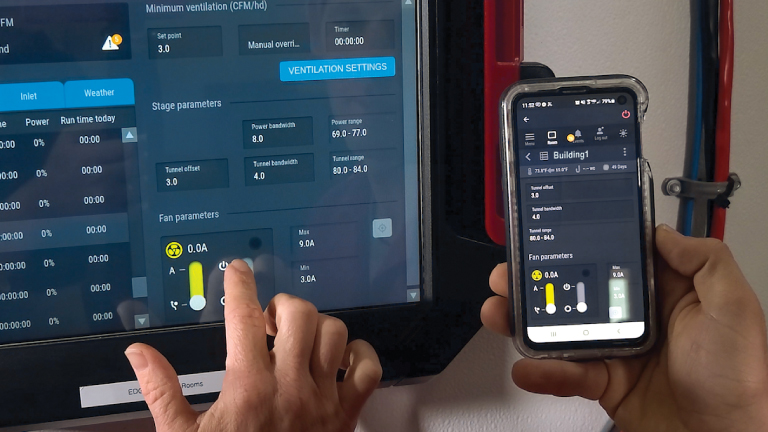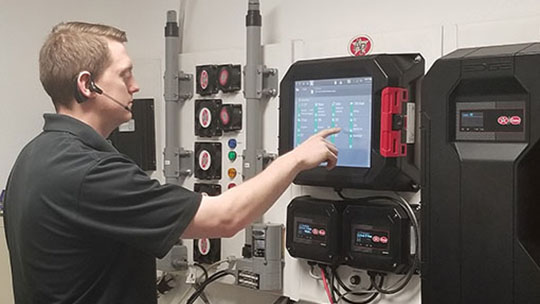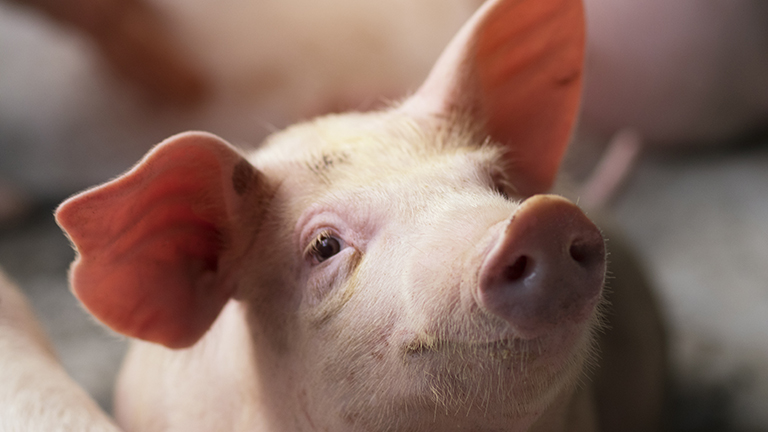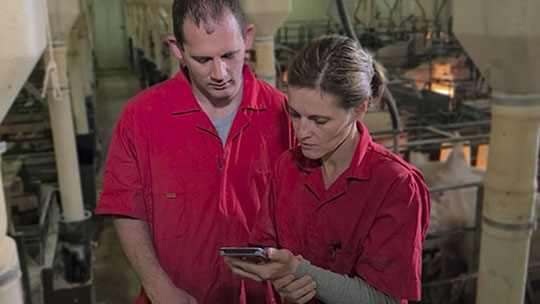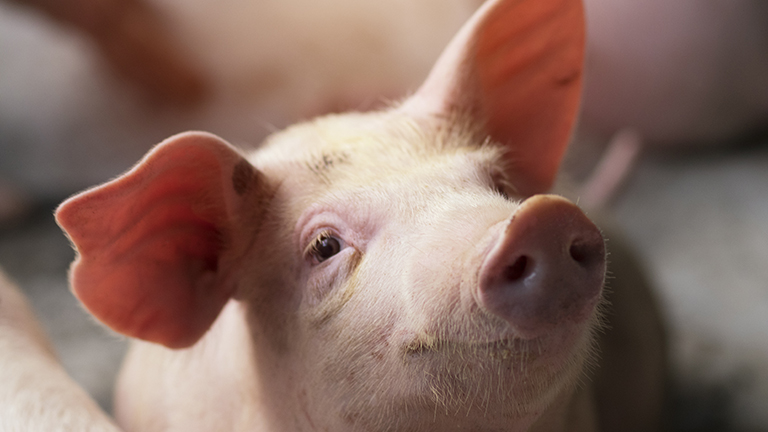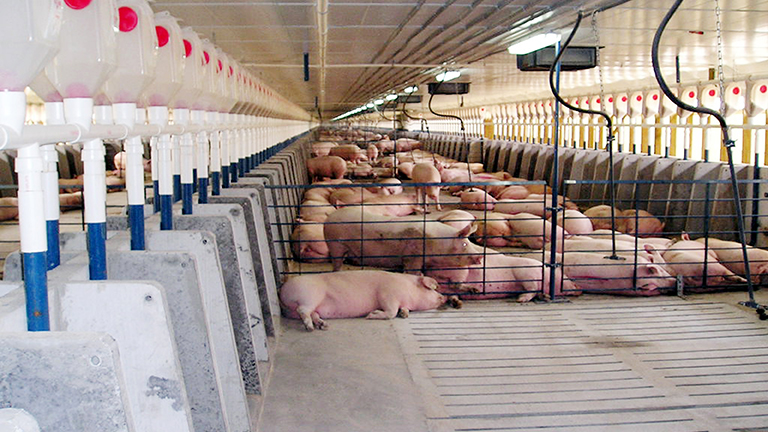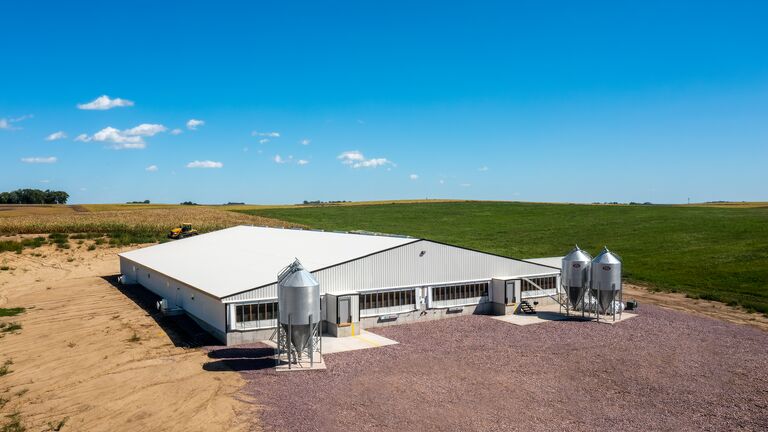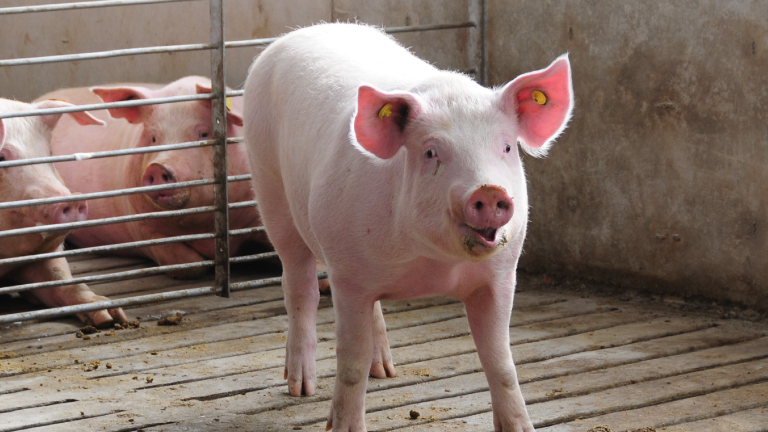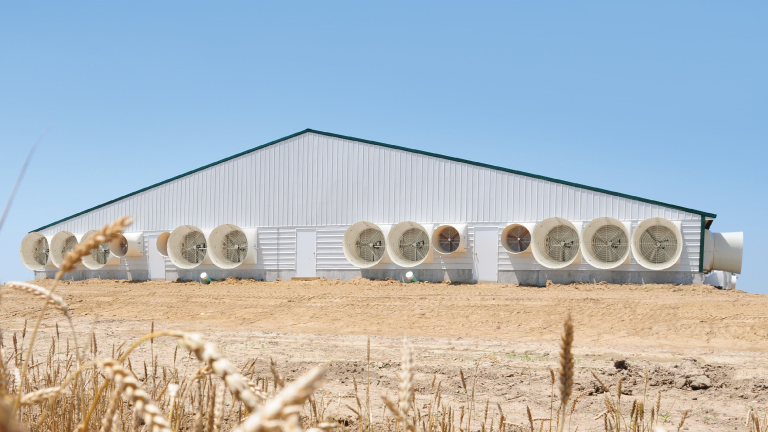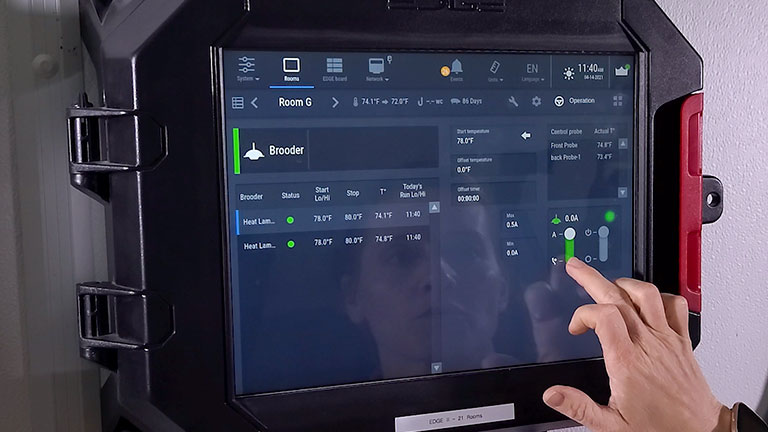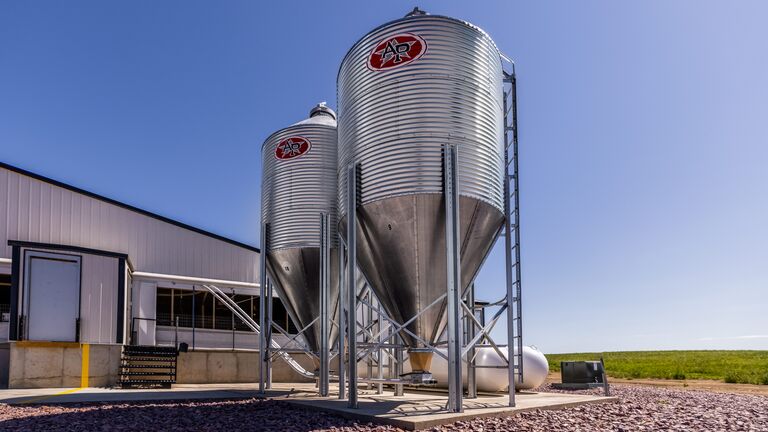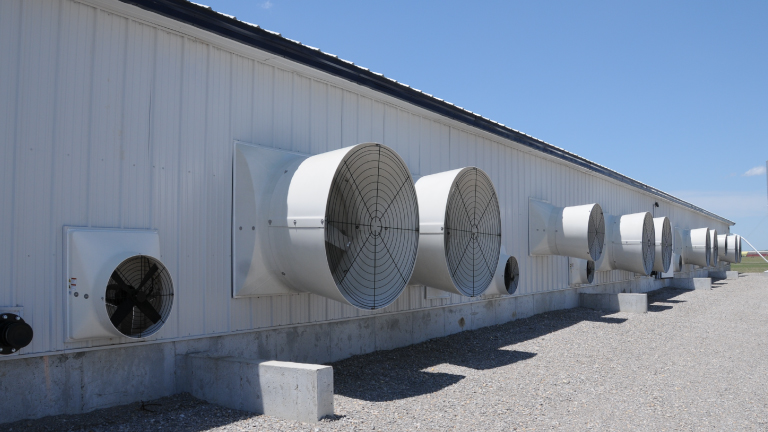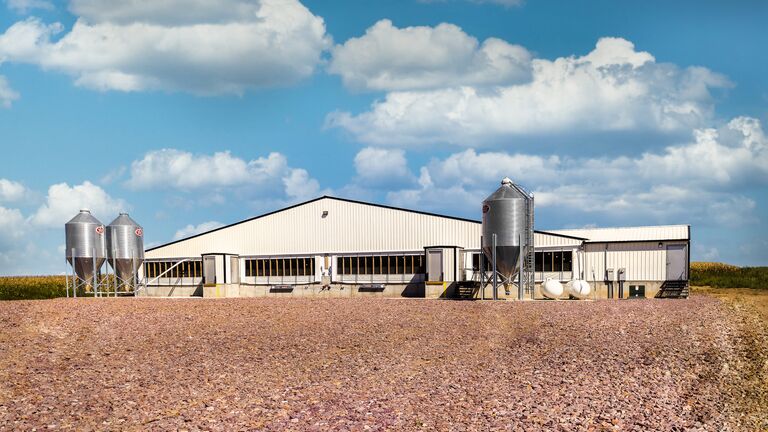Brett Ramirez, assistant professor at Iowa State University, discusses with AP why heat stress is so concerning for pigs and how producers can protect their animals in the rising temps.
AP: Why is heat stress such a significant concern for pork producers?
Brett: The primary issue is that pigs inherently produce a lot of heat, and they lack the heat dissipation mechanisms that other animals have. Pigs don’t sweat, so they have to find other ways to remove heat from their bodies.
Physiologically, they also increase their respiration rate. By increasing the amount of respiratory exchange, pigs can evaporate water in their lungs, which helps them cool off. That could include wallowing or playing with the drinker to splash water on themselves.
AP: What happens to pigs when they get overheated?
Brett: As they get warmer, pigs will decrease their feed intake. Along with that change, their average daily gain will decrease because they consume less feed. It’s counterintuitive, but their feed conversion will improve only because they eat significantly less. There's a lot of internal heat produced by metabolic activity, so reducing feed intake is a primary mechanism for limiting heat production.
AP: What should producers look for when evaluating pigs for heat stress?
Brett: Elevated respiration rates (panting) can indicate overheating, as can excessive water usage, like wallowing and splashing in the drinker or consumption. The biggest thing is watching your pigs and making sure they are doing their usual things - drinking, eating, standing or laying, etc. Signs of reduced activity or lying stretched out, away from other pigs are typically good heat stress indicators.
IT'S GETTING HOT IN HERE: HEAT STRESS CAN WREAK HAVOC ON A HOG OPERATION
AP: What can producers do to keep the temperature and the barn environment right where it needs to be?
Brett: The key to creating an ideal environment is proper ventilation. In tunnel ventilation, fans should be moving the air around 350 fpm and minimizing the temperature difference between inside and outside. An evaporative cooling system can also help producers reduce incoming air temperature, but they add moisture to the air. Some tunnel barns even use sprinkler systems on pigs; as the large droplets evaporate on the pigs' skin, they cool down even more. That system is common in barns with natural ventilation.
Let AP help you create the ideal environment for your animals.
From fans and shutters to cool pads and an evaporative cooling system, AP has the tools your operation needs to keep your pigs comfortable and your operation successful. Let our team of experts help you choose the right systems for your farm with our first-in-class service and experience. To learn more about what AP offers, contact your local dealer or learn more at www.automatedproduction.com.

